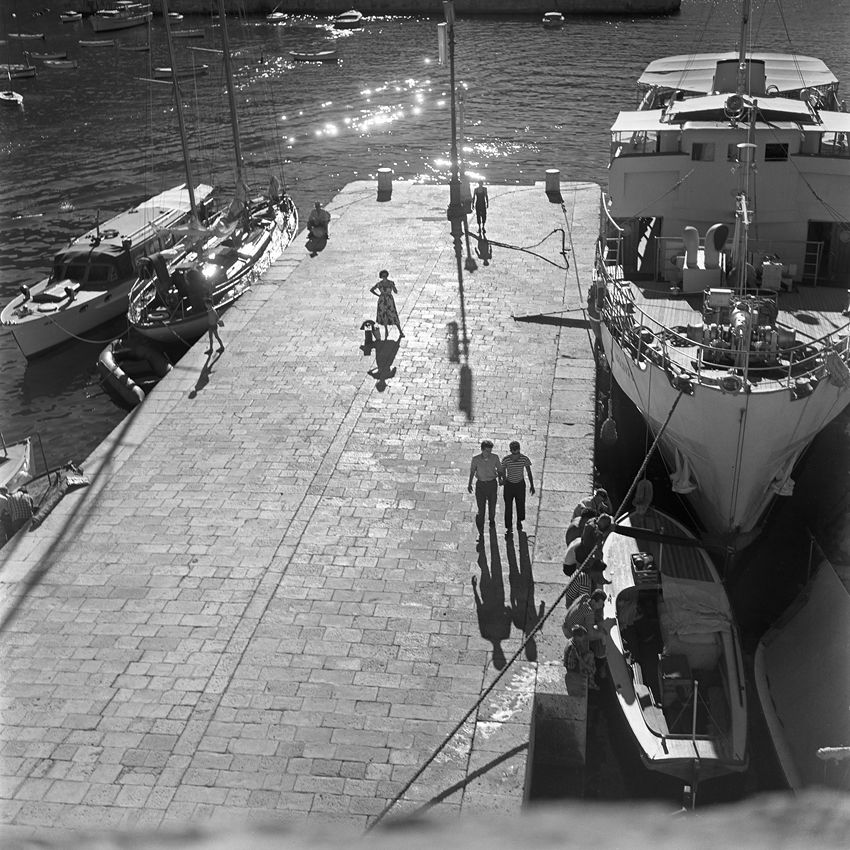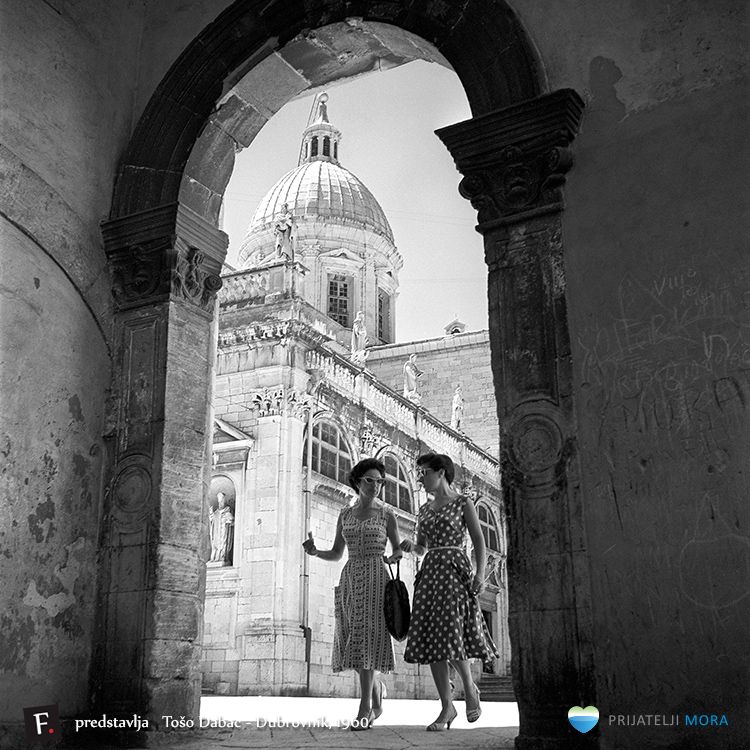After the Second World War, a Croatian photographer of international acclaim, Tošo Dabac, spent a month taking photographs in Istria and writing a diary where he described the post-war conditions in 1945.
The following year, Dabac continued to take photos of natural and cultural moments along the Adratic Coast from Istria to Dubrovnik, capturing the daily life of people in Dubrovnik and translating it into an astonishingly beautiful gallery highlighting the power of images.
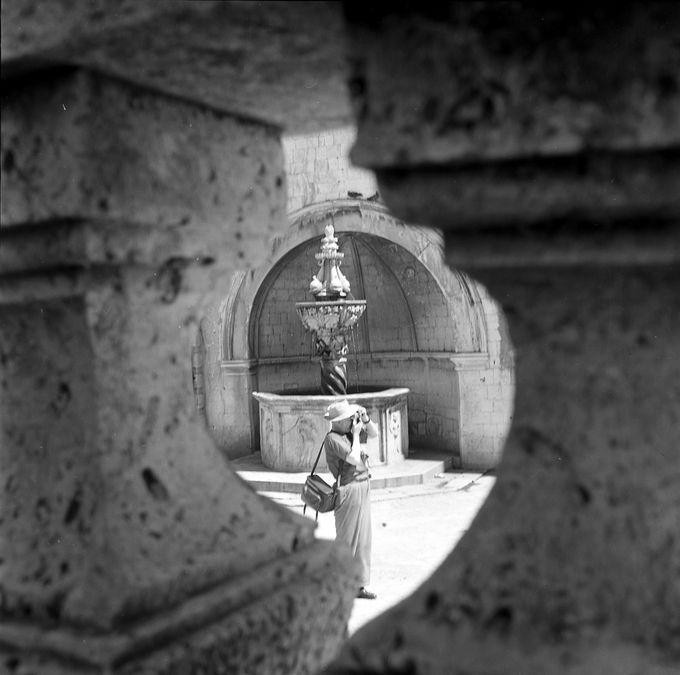
Tošo Dabac started his career working for ''Fanamet Film'' in the early 1930's after having studied at the King’s College for Classis Languages in Zagreb and at the Law University in the same city. He worked numerous jobs in his youth, as a translator and as a public relations official at the Zagreb Metro Goldwyn Mayer branch-office. He also was involved in filming the sketch “Water for courage”.
His first public exhibition of photographs was at the amateur exhibition in Ivanec, a small place in the north of Croatia. When a Croatian photographer dubbed as ''the photo chronicler of Zagreb'' during the 1930's, hired Dabac as an assistant photo-reporter. In that position, his talent was very quickly recognised. His most famous photos were taken in the early 1930's where he documented the poverty and misery on the streets in the wake of Great Depression that shook the world in the years leading up to the war.
This series was initially exhibited under the title Bijeda (Misery), but it was later renamed to ''Ljudi s ulice'' (People from the Street, 1933-1937). His photos were further displayed at the 2nd International Salon of Photography in Prague and at the 2nd International Salon of Photography in Philadelphia. His work fell among the company of other big names in the photography world, including Margaret Bourke-White, Henri Cartier-Bresson, László Moholy-Nagy, and Paul Outerbridge.
At the exhibition in New York in 1937 his photographs were displayed along with those of Edward Weston, Margaret Bourke-White and in San Francisco, with the works of other famous artists Edward Steichen, Brassaï, Man Ray, Alexander Rodchenko and Ansel Adams. In New York he was awarded a special mention for the photography ''On the Way to the Guillotine'' and in Boston. a prize for ''A Philosopher of Life.''
Numerous prizes followed this success story, including five prizes at the the international monthly competition announced by the prestigious American photographic magazine Camera Craft.
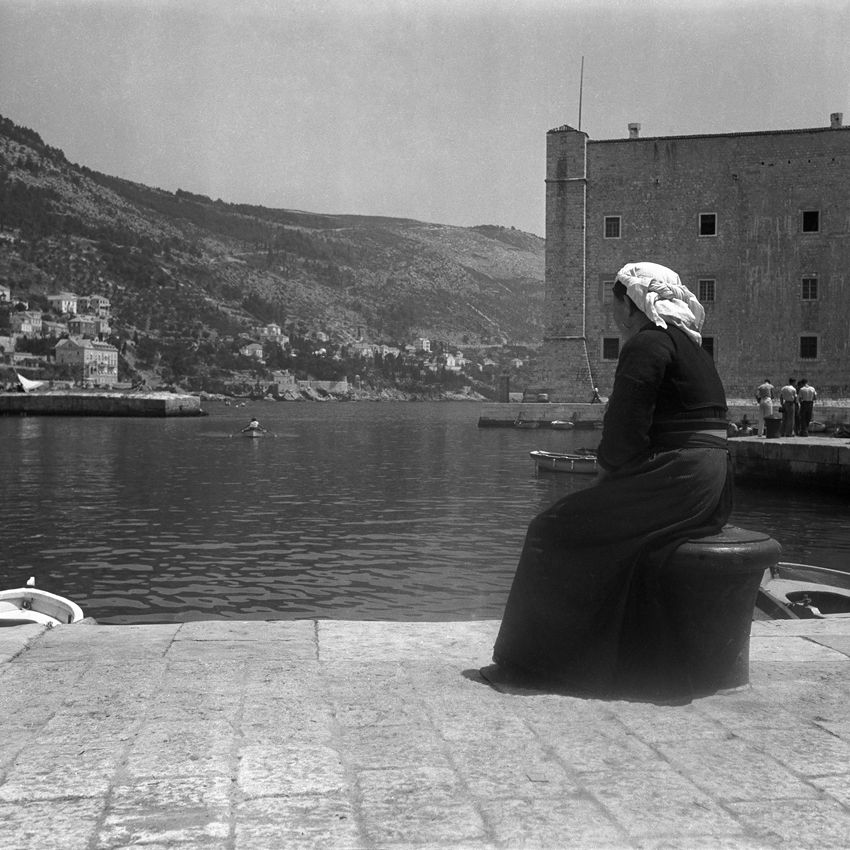
After having his photos displayed at some of the most iconic photo exhibitions, such as Das menschliche Antlitz Europas (Human Visage of Europe) in the year 1960, along with works by Edward Steichen, Robert Capa, Werner Bischof, Brassaï, Karl Pawek’s international exhibition Was ist der Mensch? (What is the Man?) in 1965, Dabac started collaborating with a great many international publishers like Thames and Hudson, Encyclopaedia Britannica, Albert Müller Verlag, Zurich, and Hanns Reich Verlag, Munich.
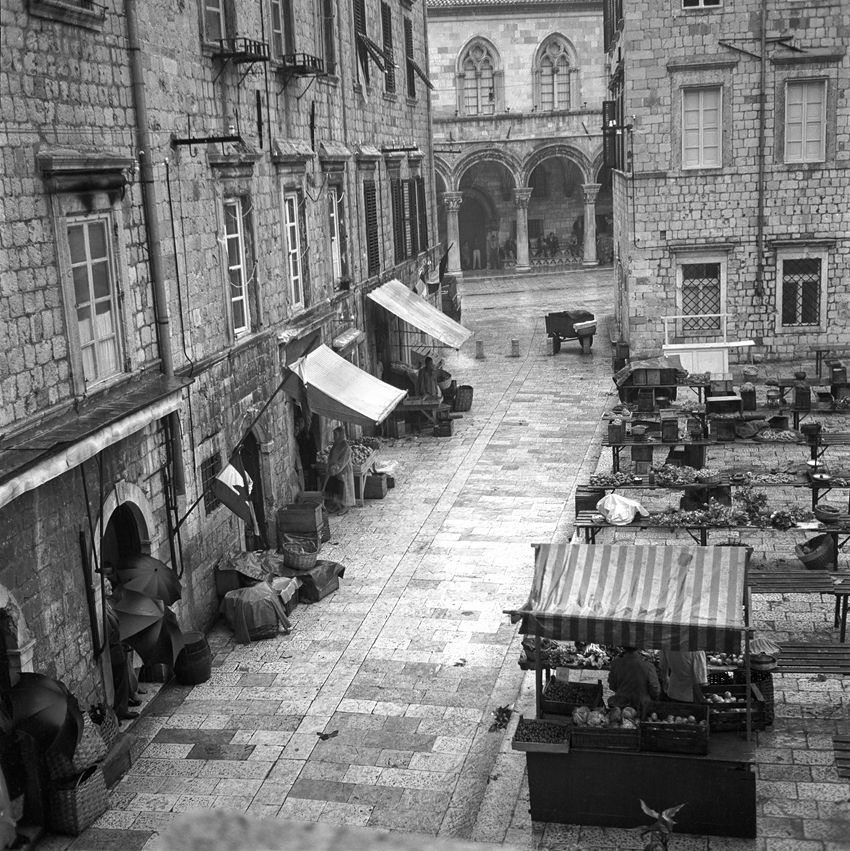
In 1940, Tošo Dabac moved his atelier to Ilica 17 (Zagreb), where his entire photographic legacy has been kept until today. One can find the “Tošo Dabac Archive” when visiting Zagreb. Among numerous prizes he received, the “Yearly Prize for Photography and a Lifetime Achievement Charter by Yugoslav Association of Photographers” stands out.
